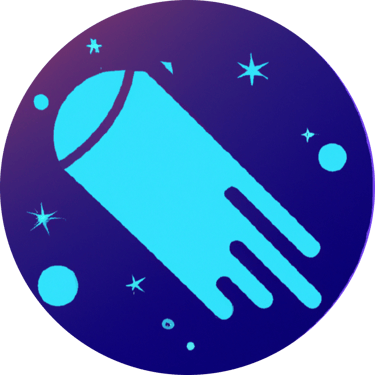How to Win the Colosseum Hackathon: A Simple Guide
Ioana Stanciu
7/7/20254 min read
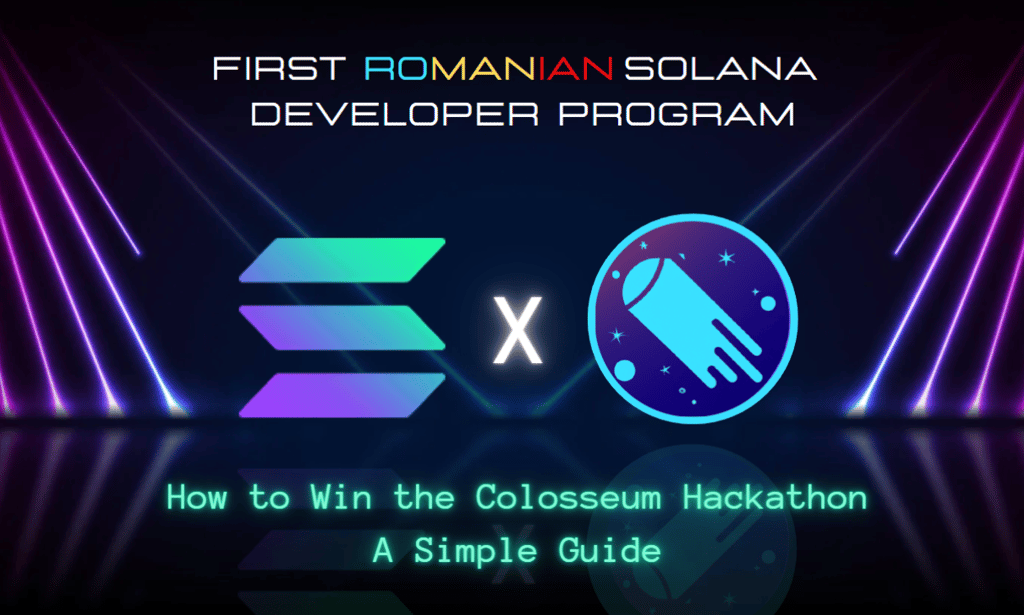

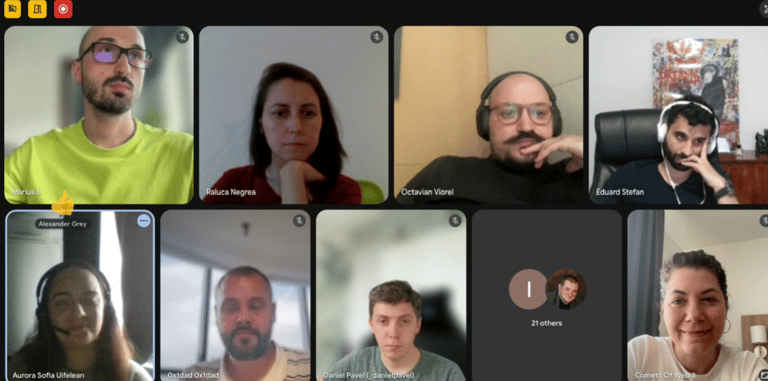

A Straight-Talk Playbook from Two Builders Who Already Did It
The third cohort of the First Romanian Solana Developer Program just wrapped. Demo Day(1) & (2) is behind us, code is on-chain, and the next stop for many teams is Colosseum, the global Solana hackathon that draws 13 000+ submissions.
To give you an edge, we condensed the most useful advice from:
Marius Buraga – Rust dev & co-founder of QuantroXYZ (one of our alumni)
Tavi “RoboSapience” – brand & growth strategist, now building Big Protocol (QuantroXYZ)
Q & A - How to Win the Colosseum Hackathon
Q: What’s the #1 thing judges look for?
A: Real usage and visible traction. Show that people are already engaging with your project especially on-chain.
“Live traction they can click-real on-chain transactions plus a Twitter thread where early users are already talking about you.”
— Marius
Q: Is it better to have a mixed team or just devs?
A: A balanced team with clear roles avoids friction and gets more done.
“At Quantro we were dev, designer, and product-marketer. Clear lanes stopped scope fights and let each of us sprint.”
— Marius
Q: How polished must the MVP be?
A: Focus on making your core feature work. Don’t worry if the rest is incomplete or even just mocked.
“Ship the core novelty. Our leaderboard was just a Figma screenshot; the on-chain betting logic worked and that was enough.”
— Marius
Q: How do we brand a hack-built project fast?
A: Use a short, catchy name with rhythm. Don’t describe the product in the name—save that for the one-liner.
“Pick a two-syllable name with cadence; it shouldn’t describe the product. Explain the product in one line: ‘Product helps X achieve Y..’ Rewrite until it’s crisp.”
— Tavi
Q: What slides are mandatory in the pitch deck?
A: A sharp one-liner, a problem statement, a demo video, a traction slide, and a simple team slide.
“One-liner, Problem/‘Why Now’, 30-second demo video, Traction slide, Team slide with clear RACI roles.”
— Tavi
“Our 4 a.m. clip was half the score.”
— Marius
Q: Do we really need a community before the deadline?
A: Yes. A small, active group is enough to prove people care and are giving feedback.
“We opened a Telegram with 50 friends; they found bugs, produced real transactions on-chain, and made judges smile.”
— Marius
Q:Quickest way to boost our score with integrations?
A: Use tools and protocols built by people who are judging this shows ecosystem value.
“Integrate and name drop the tools the judges built: Jupiter, Pyth, Metaplex, Marinade, Helius. When your dApp lifts their metrics, they notice.”
— Tavi
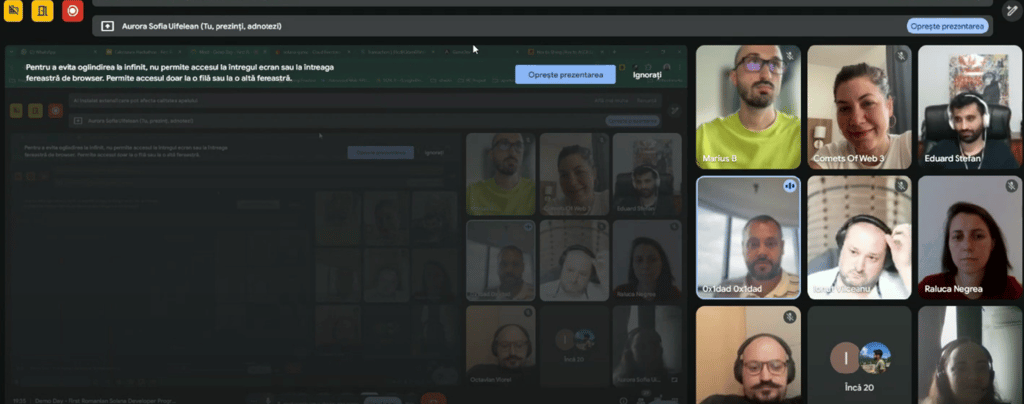

Q: How do we keep momentum after judging ends?
A: Reinforce that you’re serious. Keep building, communicating, and staying visible.
“Leave the $5k prize in the project wallet for infra & marketing. Publish a roadmap, drop three weeks after finals; declaring ‘mission accomplished’ kills momentum.”
— Marius
Q: Any shortcut to catching a VC’s eye?
A: Use analytics tools to see who’s reading your pitch and follow up fast.
“Upload your deck to DocSend. When a VC opens it, you get heat-maps—follow up while you’re still top-of-mind.”
— Tavi
Q: What if features aren’t ready by the deadline?
A: Cut them. Just focus on what’s working and show it clearly.
“We dropped half our nice-to-haves and pasted a Figma screenshot where the leaderboard should be. Judges forgive placeholders if the core logic runs.”
— Marius
Q: Should we limit access to our app during the hackathon?
A: Scarcity creates buzz and makes your app feel more valuable.
“We flipped to invite-only after week 1. Scarcity made people chase referral links and generated buzz we couldn’t buy with ads.”
— Marius
Q: How do we get fast user feedback?
A: Push an early version to close friends and watch them break it.
“Open a Friends-&-Family Telegram, push an ultra-alpha build, and watch them break it. Their bug reports shape the demo video more than your own QA.”
— Tavi
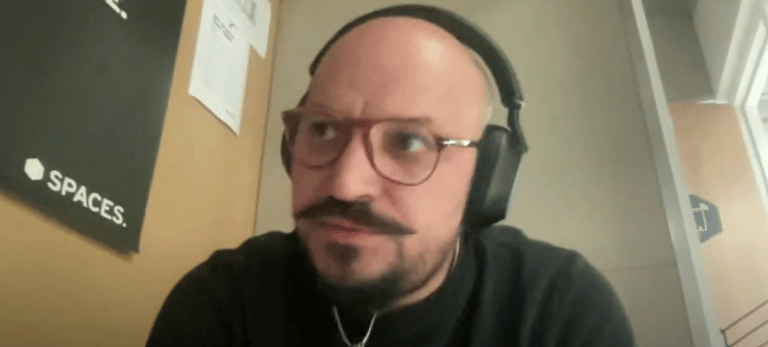

Q: Should we keep committing after submission?
A: Yes. It shows the project is alive when judges come back to review.
“Light post-submission commits show the project is alive when judges open the repo three weeks later.”
— Marius
Q: How do we stay top-of-mind during the judging period?
A: Keep posting updates and tag integrated Solana tools.
“Tweet incremental progress, tag the Solana protocols you integrate, and DM your DocSend link. Staying visible beats cold outreach after results drop.”
— Tavi
7-Point Submission Checklist
(compiled by Tavi, battle-tested by Marius)
Catchy name + @handle secured
One-liner finalised
Daily teaser tweets / build-in-public updates
90-second demo video with clear voice-over
Solscan link showing live transactions
Thank-you tweet tagging every integrated protocol
Conclusion
Colosseum rewards three things: a clear story, visible usage, and momentum that survives the award ceremony. Use the checklist, cut anything that doesn’t serve your core insight, and keep shipping after you press Submit. Good luck, we’ll be watching the finalist list!
